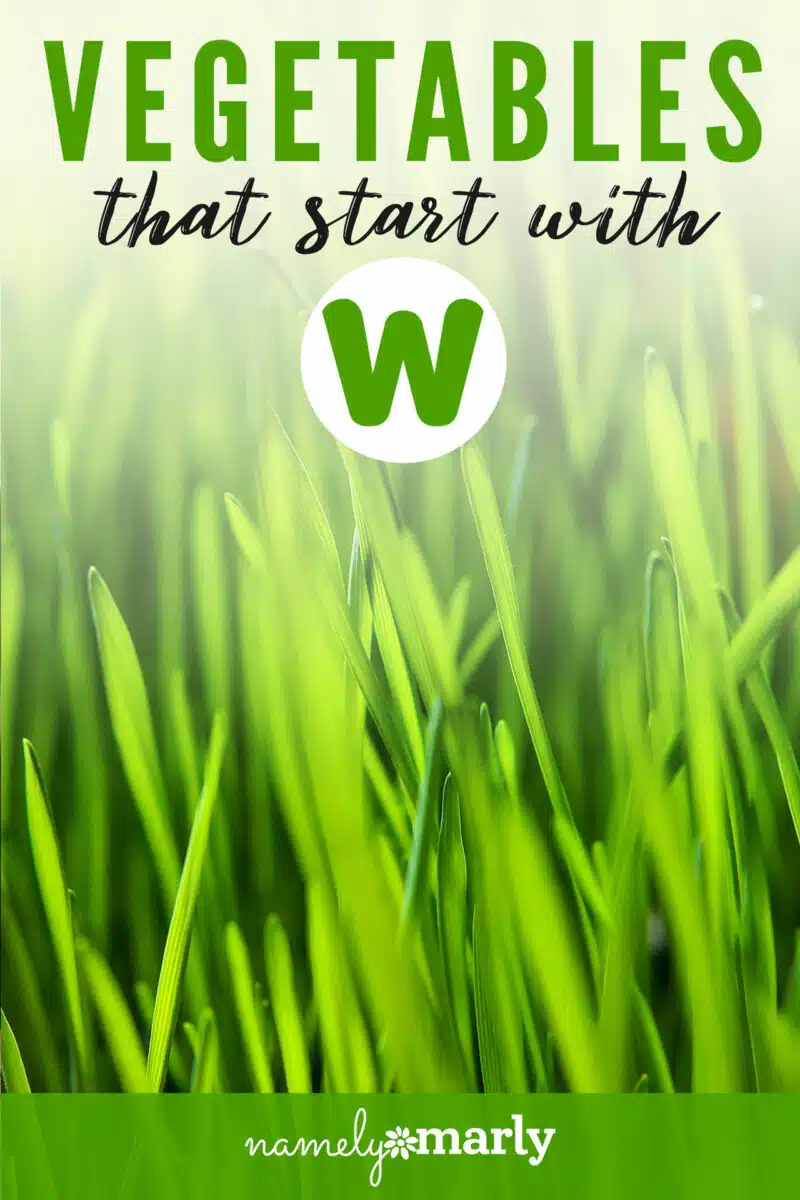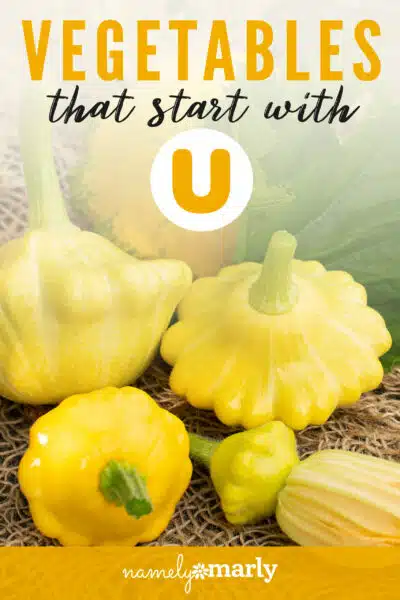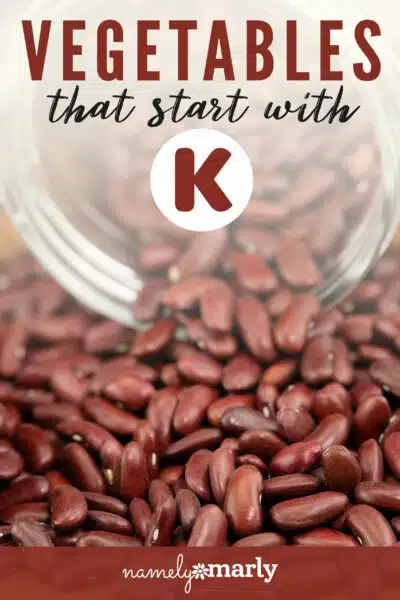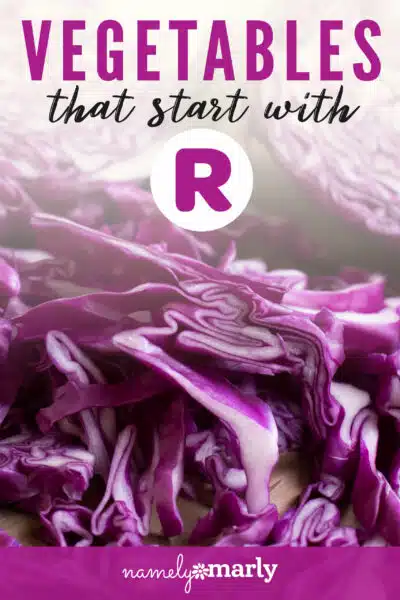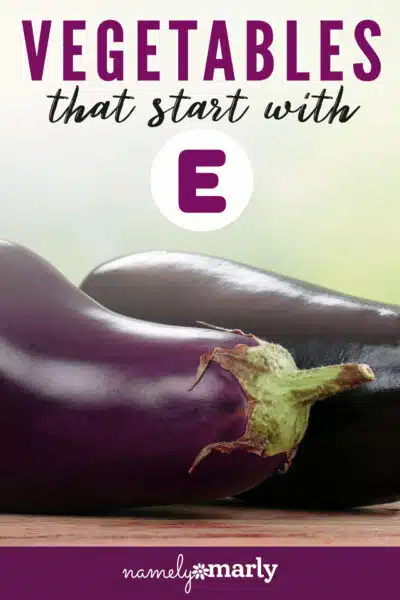Vegetables That Start with W
Looking for something different in your veggie aisle? Try exploring vegetables that start with W! Learn about popular veggies like watercress, wasabi, and waxed beans, plus some lesser-known varieties like water chestnuts and winged bean. Whether you’re playing word games or expanding plant-based menus, enjoy getting to know these W veggies today!
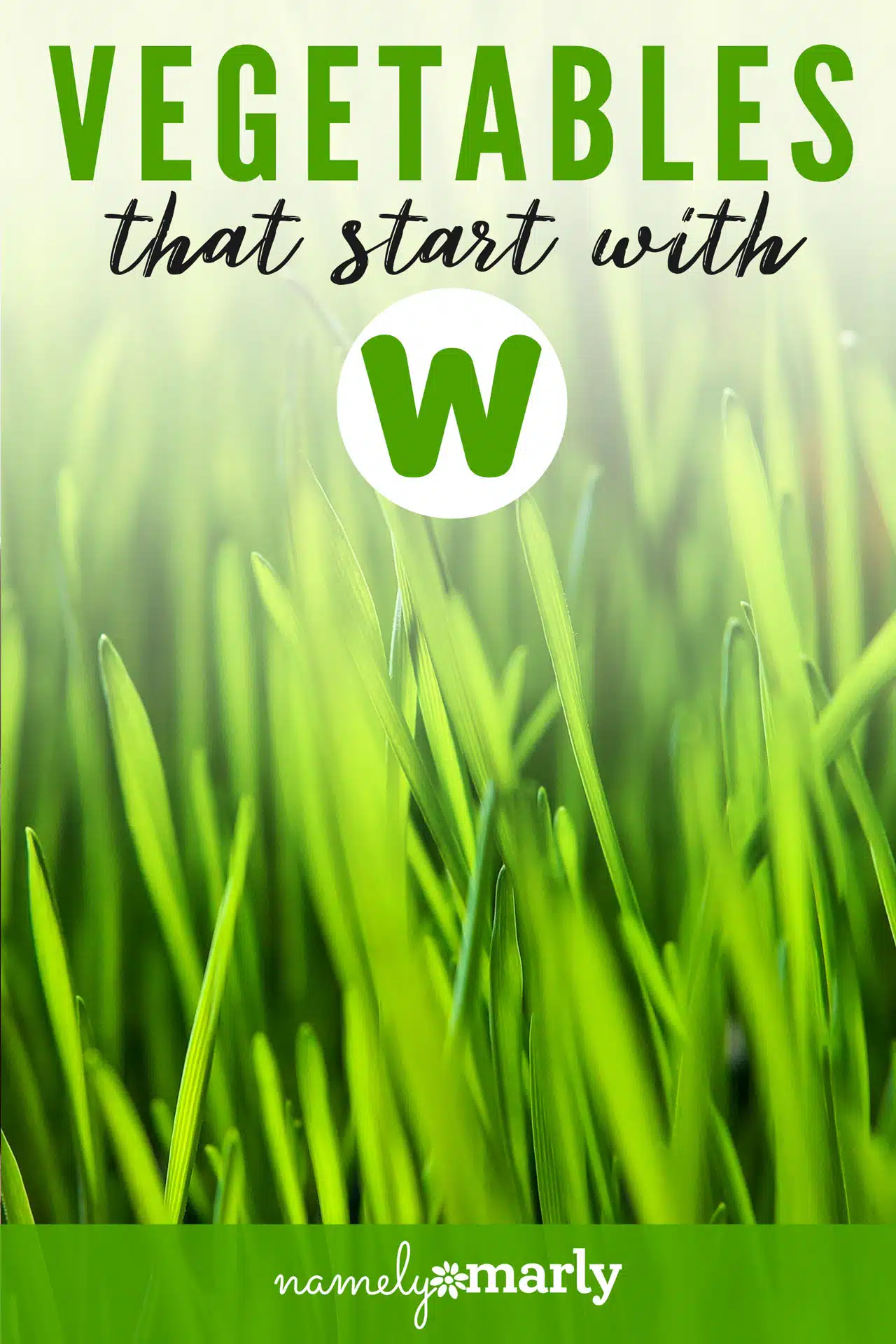
This post is part of my series, Increase your VEGGIE IQ. From watercress to wasabi, let’s explore all of the deliciousness these Vegetables That Start with W have to offer. For example, you can learn more about all the R Veggies!
These 11 “W” vegetables come in various shapes, sizes, and colors. You can eat these veggies raw, cooked, or used in various dishes.
What’s missing from this list of vegetables that start with the letter W? Do you know others I should consider adding? You can leave a comment below and let me know so I can add it to the list!
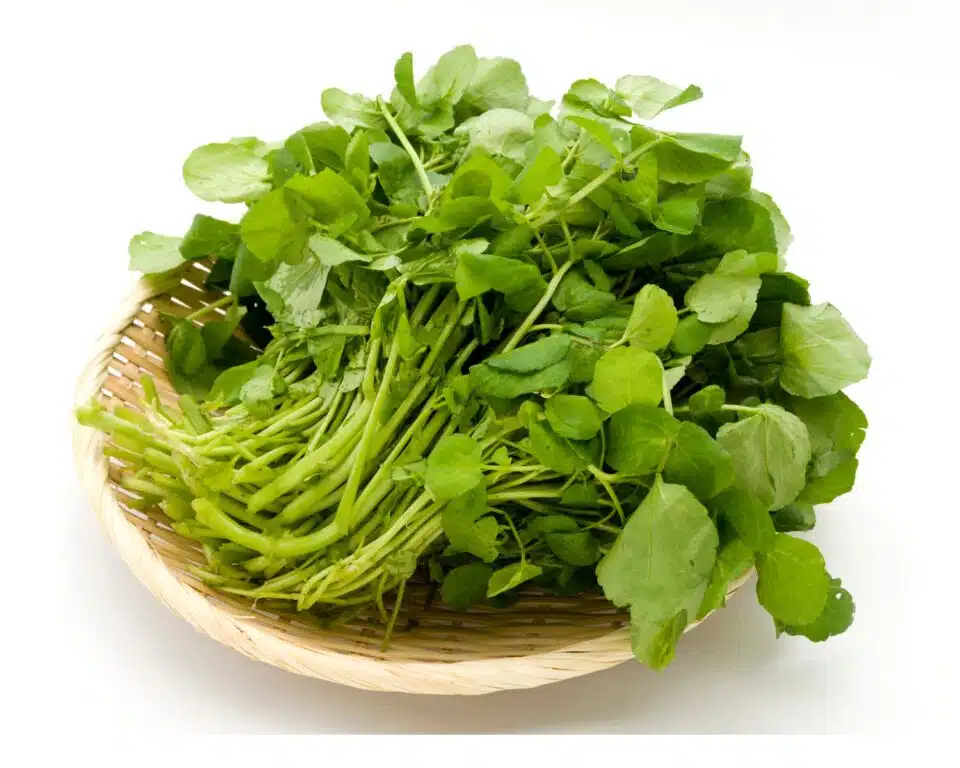
1. Watercress
Watercress is a leafy green vegetable that is native to Europe and Asia. It is a member of the mustard family and is related to cabbage, broccoli, and Brussels sprouts. Watercress has a peppery, slightly spicy flavor and is a good source of vitamins A, C, and K. It is also a good source of fiber and minerals, including calcium, iron, and magnesium.
You can eat watercress raw or cooked. It is often used in salads, sandwiches, and wraps. It can also be added to soups, stews, and stir-fries. Watercress is a healthy and versatile vegetable you can enjoy in a variety of ways. My favorite is to add it along with kale in my healthy kale salad recipe.
Here are some of the health benefits of watercress:
- It’s a good source of vitamins A and C.
- Watercress is a good source of vitamin K, which is important for blood clotting.
- According to Dr. Joel Fuhrman, Watercress is nutrient-dense food. That’s because it’s low calorie and a great source of minerals, including calcium, iron, and magnesium.
Watercress is a healthy and delicious vegetable that you can enjoy in salads, soups, and even smoothies.
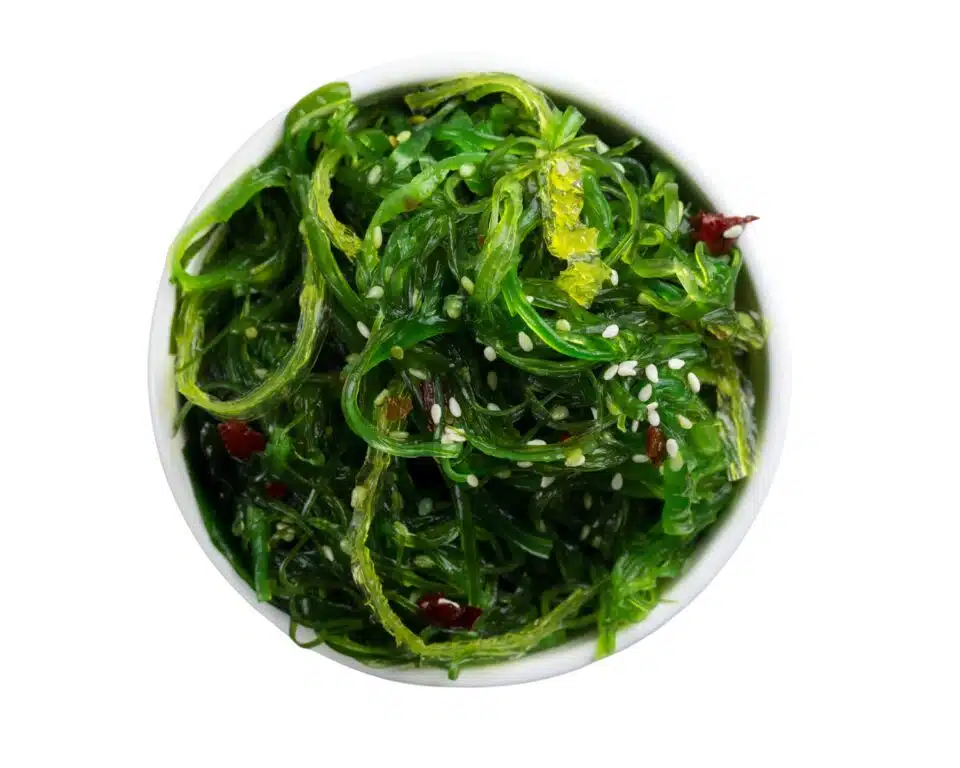
2. Wakame
Wakame is a type of seaweed, native to cold, temperate coasts of the Pacific Ocean. It has a distinct, dark green color and a mild, slightly sweet taste.
It is highly nutritious and low-calorie, providing essential vitamins and minerals such as zinc, phosphorus, magnesium, iron, and calcium.
You can serve wakame in salads, soups, and dishes like this vegetarian miso soup.
Want other ways to serve it? You can use it as an accompaniment to so many dishes, adding an interesting color and texture to the plate. Wakame is also served pickled, dried, and powdered to use as a seasoning.
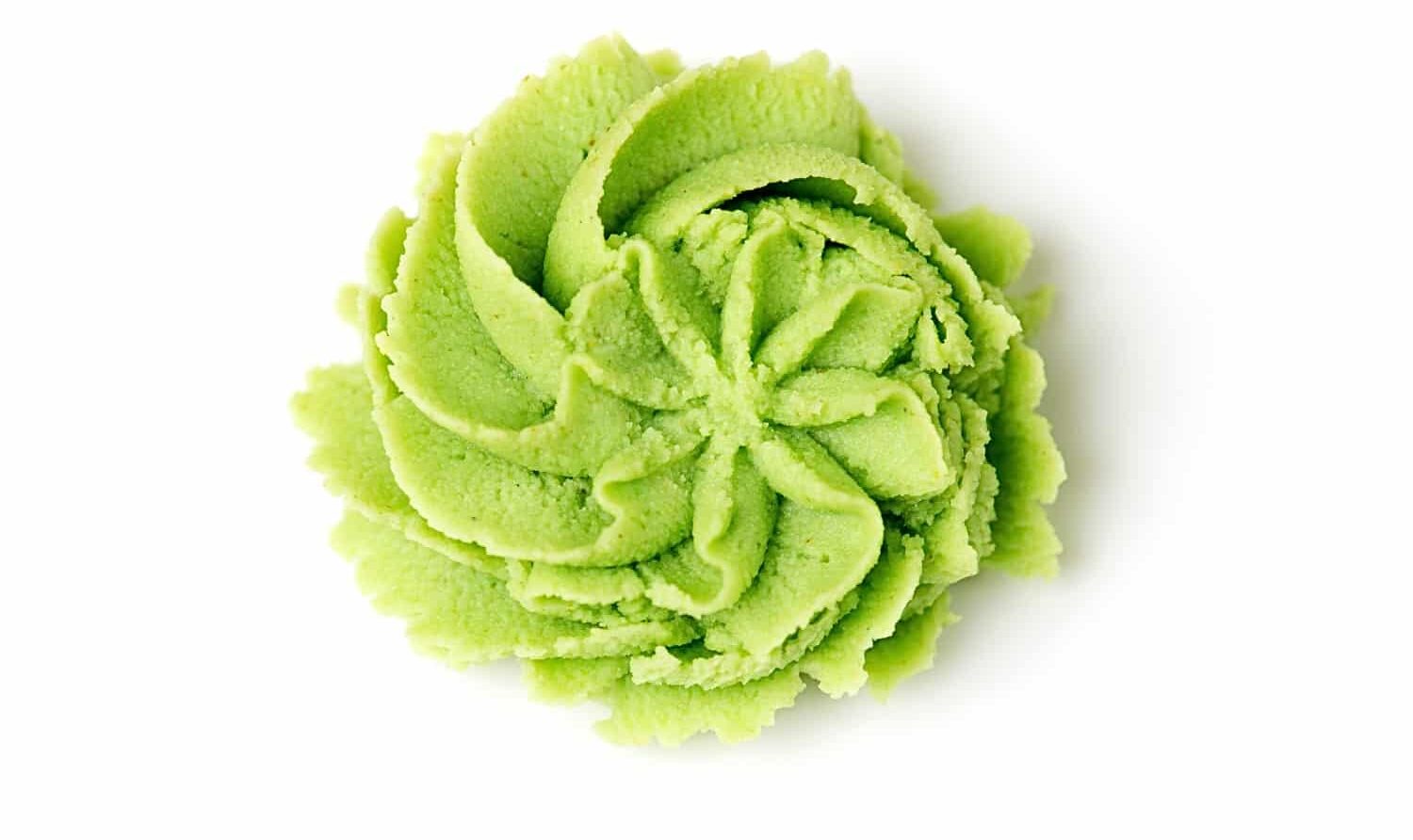
3. Wasabi
Wasabi is a root vegetable that is native to Japan. It is a member of the mustard family and is related to horseradish and cabbage. Wasabi has a strong, pungent flavor and is often used as a condiment in Japanese cuisine or as a seasoning on my favorite almonds mix!
Wasabi is a good source of vitamins A and C, as well as fiber. You can eat it raw, grated, or cooked. It is often used as a condiment with sushi. It can also be added to soups, salads, and stir-fries.
Wasabi is a healthy and distinctively flavored vegetable. It is a good source of vitamins, minerals, and fiber, and it has been linked to a number of health benefits. If you are looking for a healthy and flavorful addition to your diet, wasabi is a great option.
Here are some additional facts about wasabi:
- Wasabi is a very expensive vegetable. It can cost up to $100 per pound.
- Wasabi is difficult to grow. It requires very specific conditions, including cool, running water and a shady environment.
- Most of the wasabi that is sold in the world is not real wasabi. It is a mixture of horseradish, mustard, and green food coloring.
- Real wasabi has a very short shelf life. It only lasts for a few days after it is grated.
Despite its high cost and short shelf life, wasabi is a popular and highly regarded vegetable. It is prized for its unique flavor and health benefits.
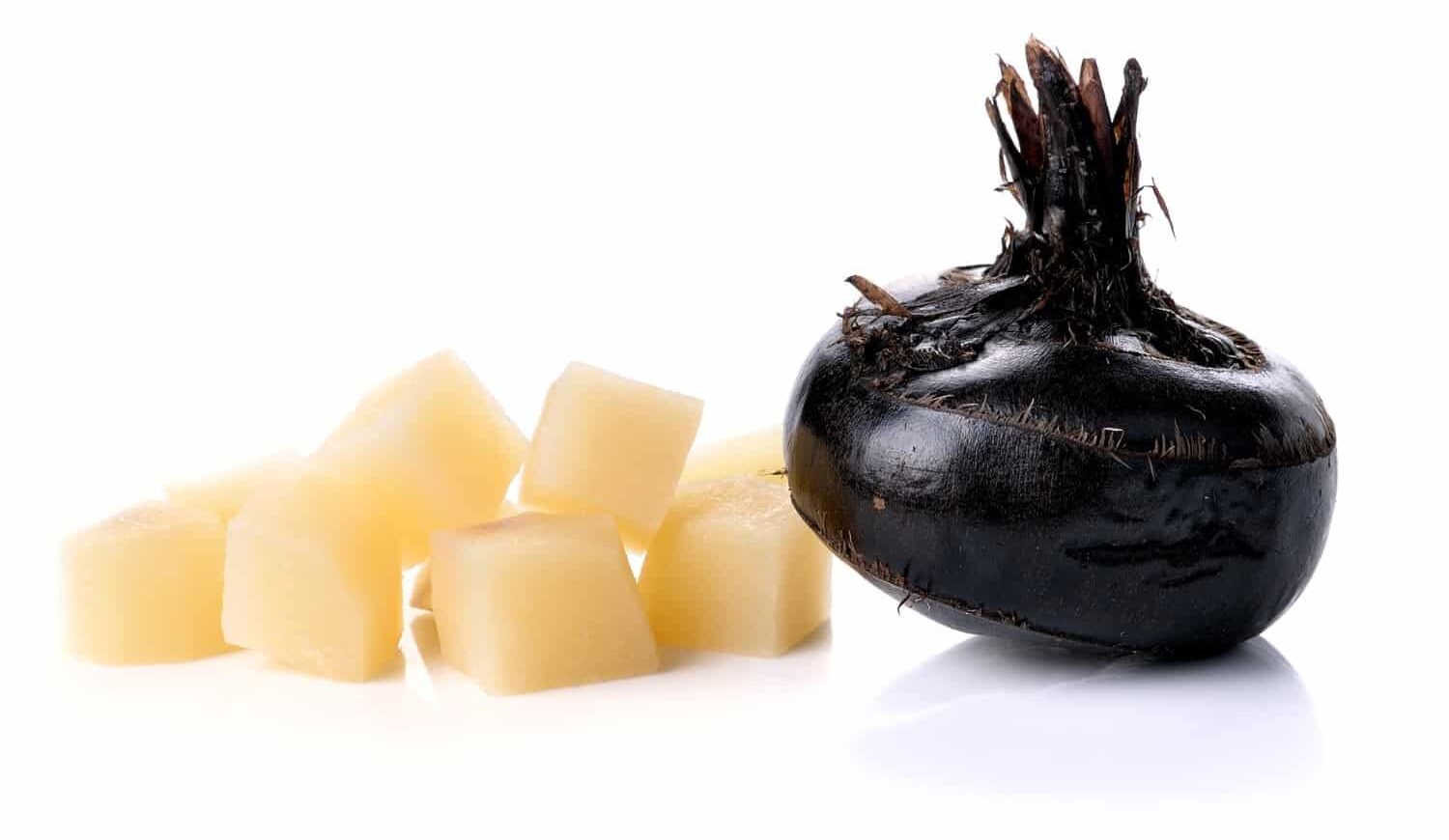
4. Water Chestnuts
Water chestnuts are a type of aquatic vegetable that is native to Asia. They are a member of the sedge family and are related to papyrus and cattails. Water chestnuts have a crisp, white flesh and a mild, slightly sweet flavor. They are often used in Asian cuisine, but they can also be enjoyed in a variety of other dishes.
Water chestnuts are a good source of fiber, potassium, and vitamin C. Watching your weight? Water chestnuts are low in calories!
You can eat water chestnuts raw, cooked, or canned. Serve them in dishes like tofu stir-fry, salads, and soups.
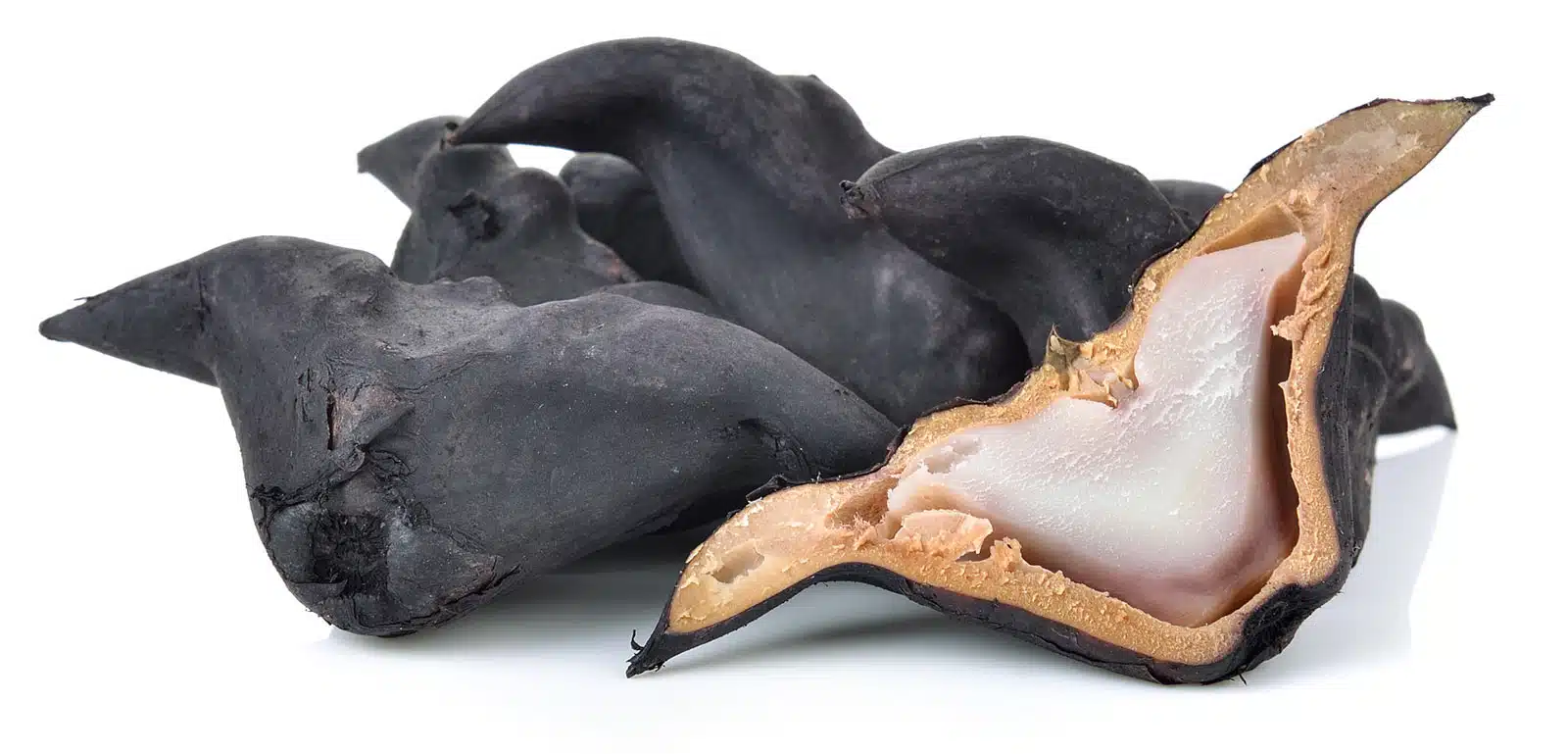
5. Water Caltrop
Water caltrop is a strange-looking aquatic plant that is native to Asia and Africa. It is a member of the lythraceae family and is related to water lilies. Water caltrop has a hard, round shell that is covered in spikes. The inside of the shell is a white, starchy flesh that can be eaten raw or cooked.
Water caltrop is a good source of carbohydrates, protein, fiber, vitamins and minerals, including vitamin C, vitamin A, and potassium.
You can eat water caltrop raw, cooked, or pickled. Serve it in soups, stews, and stir-fries.
Water caltrop is relatively unknown in the West, but it is a popular food in many parts of Asia. If you are looking for a new and healthy vegetable to try, water caltrop is an excellent option.
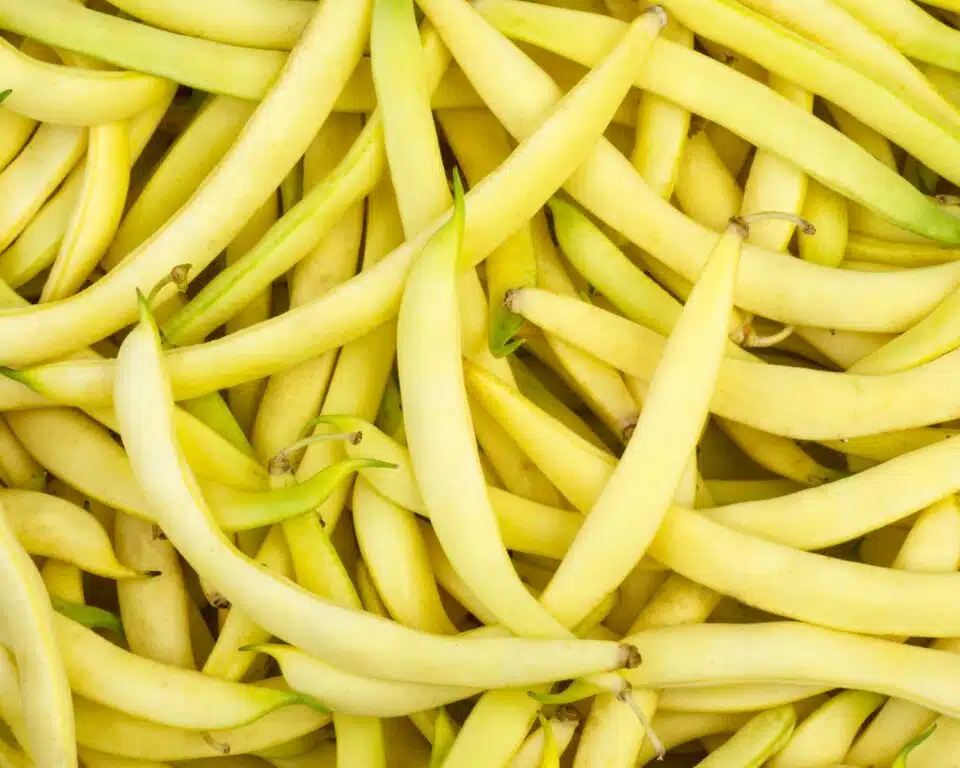
6. Wax Bean
Wax beans are a type of legume that is related to green beans. They are named for their waxy, yellow skin. Eat wax beans raw, cooked, or canned.
If you eat them raw, wax beans are crisp and somewhat sweet. If you cook them, their flavor transforms! They are tender and slightly nutty. Add wax beans to salads, like this veggie broccoli salad. You can also add them to soups or serve them raw with some plant-based ranch dip as a snack.
If you’re watching calories they are a go-to favorite because wax beans are a low-calorie food. They are also a good source of fiber, which can help to regulate digestion and promote heart health.
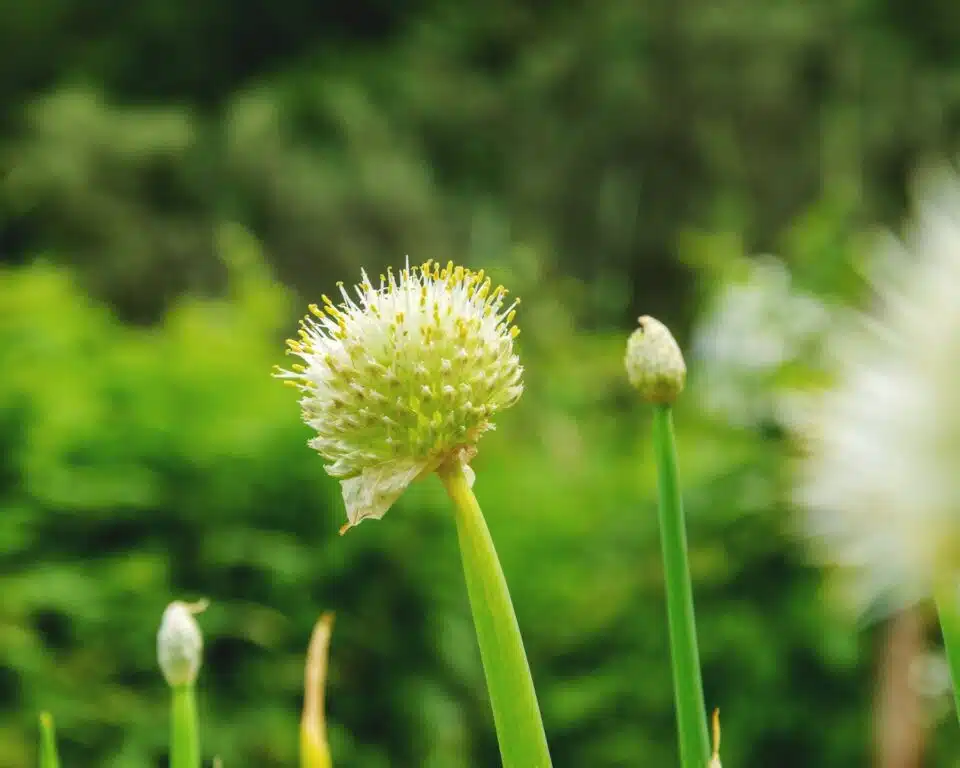
7. Welsh Onion
Welsh onions, also known as bunching onions, Japanese bunching onions, or spring onions, are a type of onion that is native to China. They are perennial plants that have hollow, green leaves and a mild, oniony flavor. Welsh onions can be eaten raw, cooked, or pickled.
If you eat them raw, welsh onions have a crisp, slightly sweet flavor. If you cook them, they are tender and slightly more flavorful. Add welsh onions to salads, stir-fries, soups, and sandwiches. They also make an interesting garnish.
Are you a volume eater like me? Welsh onions are a low-calorie food, making them a good choice for volume eaters. They are also a good source of fiber, which can help to regulate digestion and promote heart health.
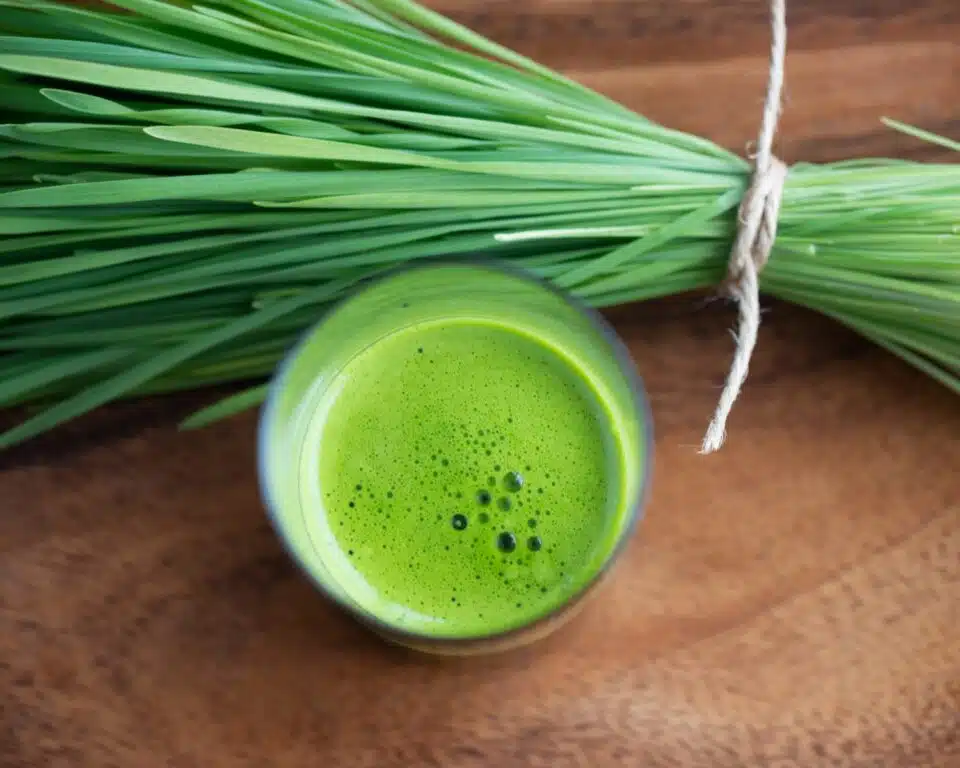
8. Wheatgrass
Wheatgrass is the young grass of the common wheat plant, Triticum aestivum. It is a popular health food that is known for its high nutrient content.
Wheatgrass is a good source of vitamins A, C, E, K, and the B vitamins, as well as minerals such as iron, calcium, magnesium, and potassium. It is also a good source of chlorophyll, which is a green pigment that has antioxidant and anti-inflammatory properties. [Source]
Wheatgrass can be juiced, eaten raw, or added to smoothies and other foods. It is a versatile and delicious addition to any diet.
Does wheatgrass have gluten? Because of the harvesting method used for wheatgrass, it does not have any gluten and is therefore safe for people with celiac or gluten-sensitivities to consume. [Source].
Wheatgrass is a safe and healthy food for most people. However, pregnant women and people with autoimmune diseases should talk to their doctor before consuming wheatgrass.
If you are interested in trying wheatgrass, you can purchase it fresh or in juice, powder, or tablet form. Fresh wheatgrass is the most nutrient-rich, but it is also the most perishable.
Juiced wheatgrass is a convenient way to consume the nutrients, but it can be expensive. Powdered and tablet forms of wheatgrass are more affordable, but they may not be as nutrient-rich as fresh or juiced wheatgrass.
Wheatgrass should be stored in the refrigerator and consumed within a few days of purchase.
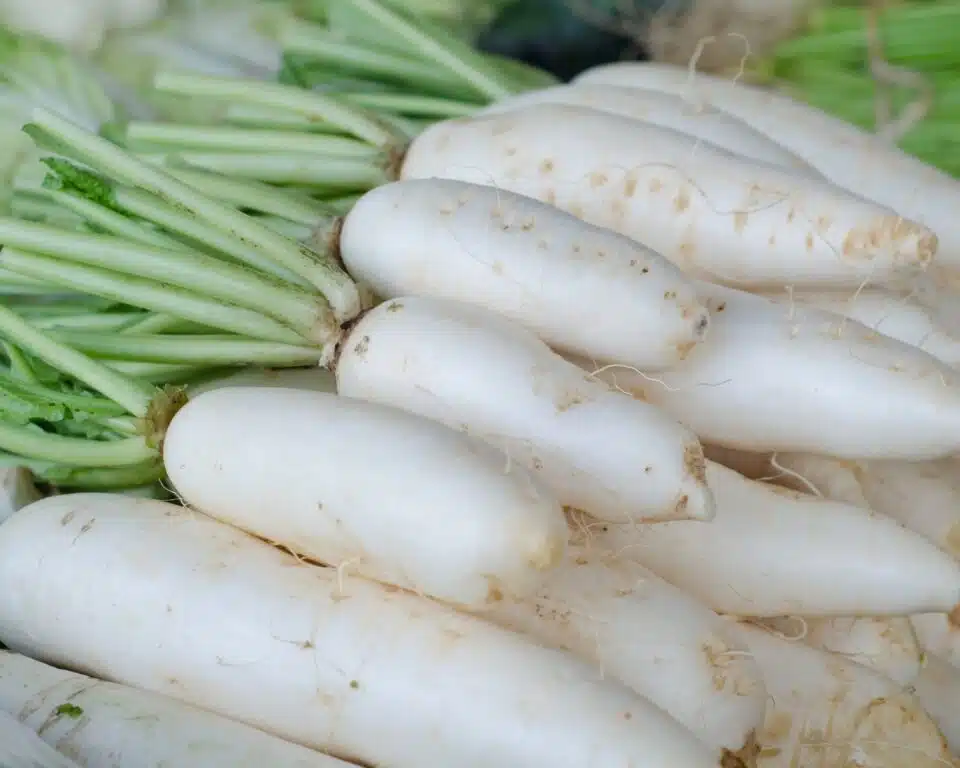
9. White Radish
White radish, also known as daikon, is a long, white root vegetable that is native to East Asia. It is a member of the mustard family and is related to horseradish and cabbage. White radishes have a crisp, white flesh and a mild, peppery flavor.
You’ll see white radishes most often in Asian cuisine, but you can enjoy them in a variety of dishes.
White radishes are a good source of calcium, Vitamin C, potassium, and fiber. [Source]
You can eat white radishes raw, grated, or cooked. They are perfect as a condiment with your next bath of plant-based sushi. You can also add them to soups, salads, and stir-fries.
If you are looking for a healthy and flavorful addition to your diet, white radishes are a great option.

10. Wild Garlic
Wild garlic, also known as ramsons, bear leek, or broad-leaved garlic, is a wild plant that is native to Europe and Asia. It is a member of the allium family, which also includes onions, garlic, and chives. Wild garlic has a strong, garlicky flavor and can be used in a variety of dishes.
Eat the leaves of wild garlic raw or cooked. Serve them in salads, soups, and stews. You can also eat wild garlic flowers, which have a sweet, delicate flavor. Serve them in salads or use them as garnishes for other dishes.
Wild garlic is a good source of vitamins A, C, and K, and fiber.
Wild garlic is a safe and healthy food for most people. However, some should talk to their doctor before eating wild garlic. This includes pregnant women and people with autoimmune diseases.
If you are interested in trying wild garlic, you can find it in most farmers markets and some grocery stores. You could forage for wild garlic, but be careful not to confuse it with poisonous look-alikes.
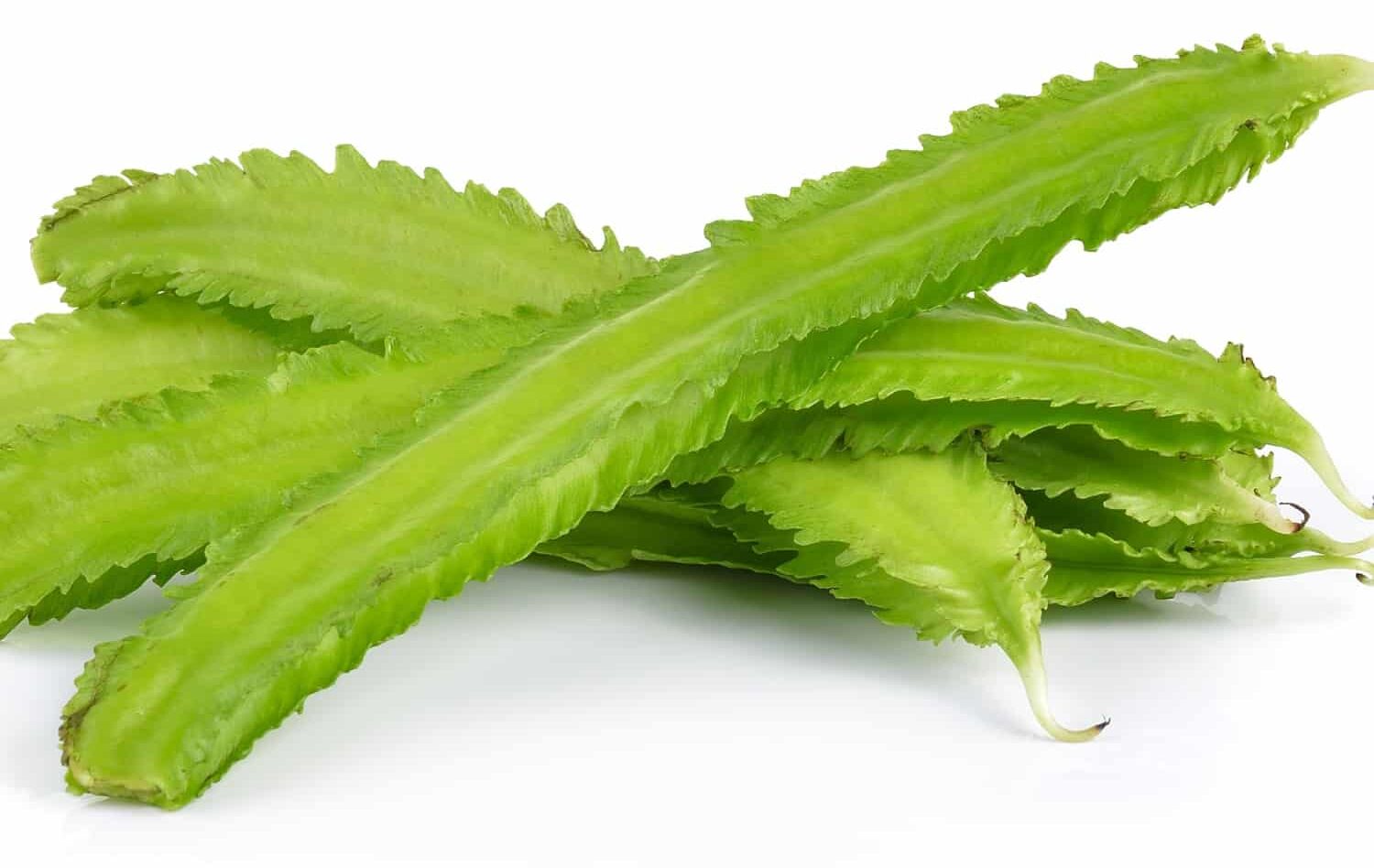
11. Winged Bean
Winged beans, also known as asparagus pea, goa bean, or four-angled bean, is a tropical legume that is native to Southeast Asia. It is a versatile vegetable that can be eaten in a variety of ways.
The pods of winged beans are the most commonly eaten part of the plant. They are thin and tender, with a mild, slightly sweet flavor. You can eat the pods raw, cooked, or pickled. Use them in stir-fries, soups, and salads.
Some people also eat the leaves of winged beans. They have a similar flavor to spinach and they are eaten raw, cooked, or juiced.
Looking for a protein boost? The seeds of winged beans are a good source of protein. People eat them roasted or boiled. They are also sometimes ground into flour. You can use this flour to make bread, pasta, and other baked goods.
Winged beans are a good source of vitamins A, C, and K, and fiber. They are also a good source of protein and iron.
More Alphabet Vegetables
Conclusion
Vegetables are a vital part of a healthy diet. They are low in calories and fat, and they are a good source of vitamins, minerals, and fiber.
These vegetables that start with W can help you maintain a healthy weight, reduce your risk of chronic diseases, and improve your overall health.
